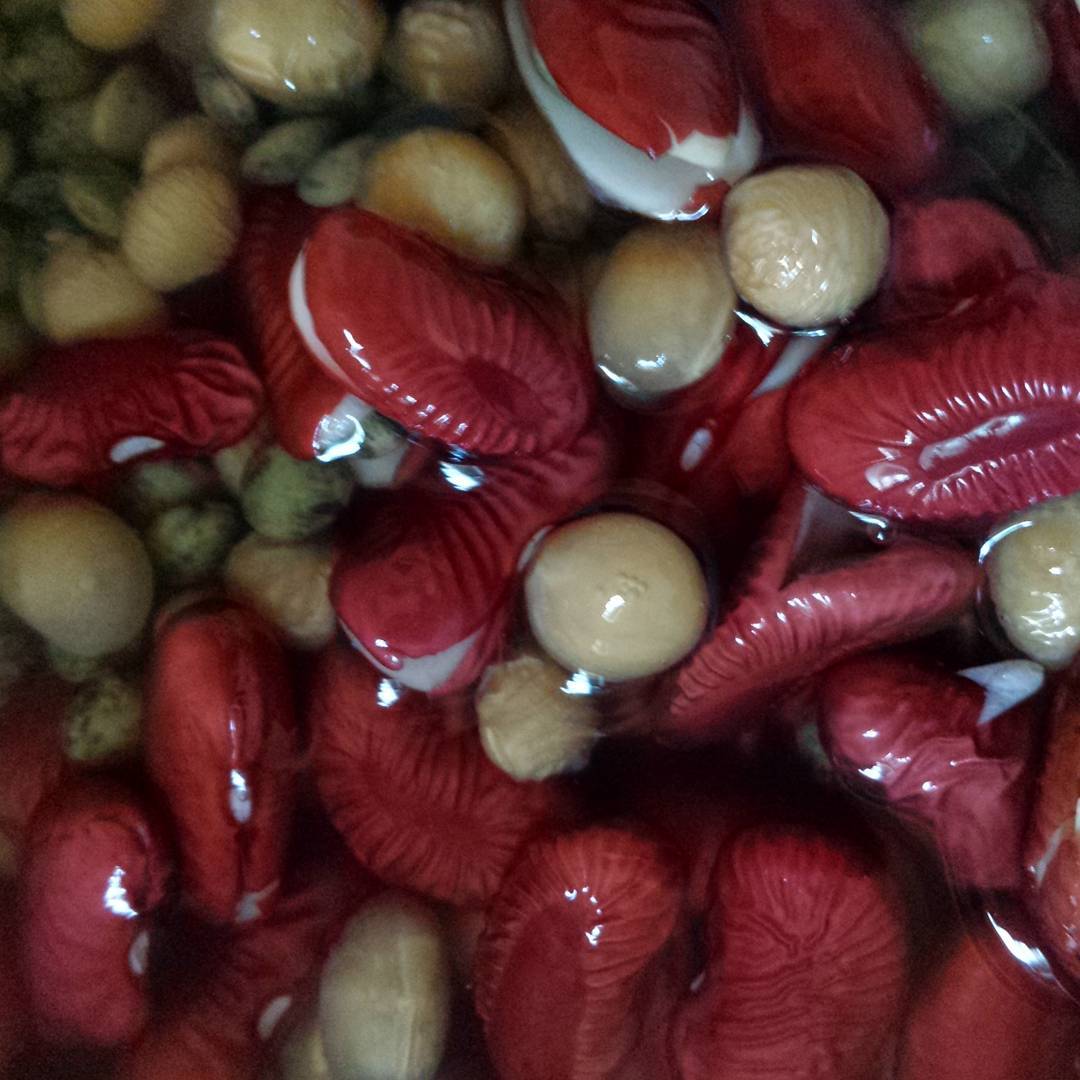Legumes
Fabaceae
Legumes: five stars for what is usually a five star fruit. Like most people, I have a small shrine to Kyamites, the hero of beans, sitting atop a bookshelf in the room adjacent to the kitchen. Every morning, I rub the marble stomach of Kyamites, and then rub my own stomach. This small ritual keeps me in his esteem, and brings good gustatory fortune. These particular specimens were offered as a sacrifice to Kyamites. I left them soaking on his shrine overnight. The next day, I saw that he had declined the offer, and I instead baked some savoury bean and spinach rolls for myself. They were delicious.

Blotch, the previously enrafted mule, had left the raft. By the time that Blotch reached the water, she had already established a commendable canter. A great splash sent droplets of acrid, anoxic water in all the expected directions. I pursed my lips, while Blotch continued her descent into the water. When her feet touched the ground, which lay somewhere between eighteen to twenty-two centimetres below the water, her gait had been upgraded to an eight on the Muybridge-Stanford equine speed scale.
The Muybridge horse speed scale, invented by Eadweard Muggeridge in the mid nineteenth century, was based on the static analysis of photographs depicting horse locomotion. To perform this analysis, twelve stationary cameras were set up at regular intervals, so that for a horse travelling at a predetermined speed, the time from one camera to the next was roughly one “squeeze”, about half a second in today’s units. Muggridge performed this experiment at various speeds, and analysed each set of photographs to determine the exertion required, thus inventing the Murbridge horse speed scale. During Mulbrygge’s unfortunate exile to Central America, his friend and business partner Leland Stanford continued the experiments, extending the scale to include all manner of equine beasts including donkeys, mules, zebras and hinnies.
Blotch was building up speed now, and was tearing through the ankle-deep water at a nine. My eldest nephew had dropped the propelling rod née curtain rod in the excitement, and now bent down to pick it up. While so doing, he found the unattached end of Blotch’s rein, and started to attach it to the raft. As soon as my nephew had secured the rein to the raft, the line became taut. The raft began to move forward.
We continued at a nine for some time, and eventually we reached the end of the canal. Here, the canal met with the river T———, which served as the cloaca maxima of the city just ahead. The smell of the stale water was replaced by a more urban smell, and we directed Blotch out of the water to avoid him becoming irredeemably soiled. We unloaded the raft, and fished out the quarter-filled barrel of orange juice and the barrel of pickled plums. I prayed to Kyamites that there would be something to eat other than pickled plums in the city, while my eldest nephew prayed for oranges.